E-commerce Growth
The rapid growth of e-commerce is a significant driver for the Converted Flexible Packaging Market. As online shopping continues to gain traction, the demand for packaging solutions that ensure product safety during transit has surged. Flexible packaging offers lightweight and durable options that are ideal for shipping, reducing transportation costs and environmental impact. In 2025, the e-commerce sector is anticipated to contribute substantially to the overall packaging market, with flexible packaging solutions being favored for their versatility and efficiency. Moreover, the rise of subscription services and direct-to-consumer models further amplifies the need for innovative packaging solutions that enhance customer experience. Companies that adapt their packaging strategies to align with e-commerce trends are likely to capture a larger share of the Converted Flexible Packaging Market.
Consumer Preferences
Shifting consumer preferences are a driving force in the Converted Flexible Packaging Market. Today's consumers are increasingly seeking convenience, portability, and product freshness, which flexible packaging effectively delivers. The rise of on-the-go lifestyles has led to a demand for single-serve and resealable packaging options, which are prevalent in the flexible packaging sector. Market data indicates that products packaged in flexible formats often experience higher sales, as they cater to the needs of modern consumers. Additionally, the aesthetic appeal of flexible packaging, combined with its functional benefits, influences purchasing decisions. As consumer preferences continue to evolve, companies that prioritize innovative and appealing packaging solutions are likely to succeed in the competitive landscape of the Converted Flexible Packaging Market.
Regulatory Compliance
Regulatory compliance is an essential driver for the Converted Flexible Packaging Market. As governments worldwide implement stricter regulations regarding packaging materials and waste management, companies are compelled to adapt their practices to meet these standards. This has led to an increased focus on the use of compliant materials that minimize environmental impact. In 2025, the market is expected to witness a rise in demand for packaging solutions that adhere to these regulations, particularly in sectors such as food and pharmaceuticals. Companies that proactively engage in compliance not only mitigate risks but also enhance their brand reputation. Furthermore, the emphasis on transparency and traceability in packaging is likely to shape future developments in the Converted Flexible Packaging Market, as consumers demand more information about the products they purchase.
Sustainability Initiatives
The increasing emphasis on sustainability is a pivotal driver for the Converted Flexible Packaging Market. As consumers become more environmentally conscious, companies are compelled to adopt eco-friendly packaging solutions. This shift is reflected in the growing demand for biodegradable and recyclable materials, which are now integral to packaging strategies. In 2025, the market for sustainable packaging is projected to reach substantial figures, indicating a robust trend towards environmentally responsible practices. Furthermore, regulatory pressures are mounting, with governments implementing stricter guidelines on plastic usage. This has led to innovations in materials and processes, enhancing the appeal of converted flexible packaging as a sustainable alternative. Companies that prioritize sustainability not only meet consumer expectations but also gain a competitive edge in the Converted Flexible Packaging Market.
Technological Advancements
Technological advancements play a crucial role in shaping the Converted Flexible Packaging Market. Innovations in printing technology, material science, and production processes have significantly enhanced the quality and functionality of flexible packaging. For instance, advancements in digital printing allow for high-quality graphics and customization, catering to diverse consumer preferences. Additionally, the development of smart packaging technologies, such as QR codes and NFC tags, is transforming how products are marketed and consumed. These technologies not only improve user engagement but also provide valuable data for manufacturers. As of 2025, the integration of these technologies is expected to drive market growth, with estimates suggesting a notable increase in the adoption of advanced packaging solutions. Consequently, companies that leverage these technological advancements are likely to thrive in the competitive landscape of the Converted Flexible Packaging Market.
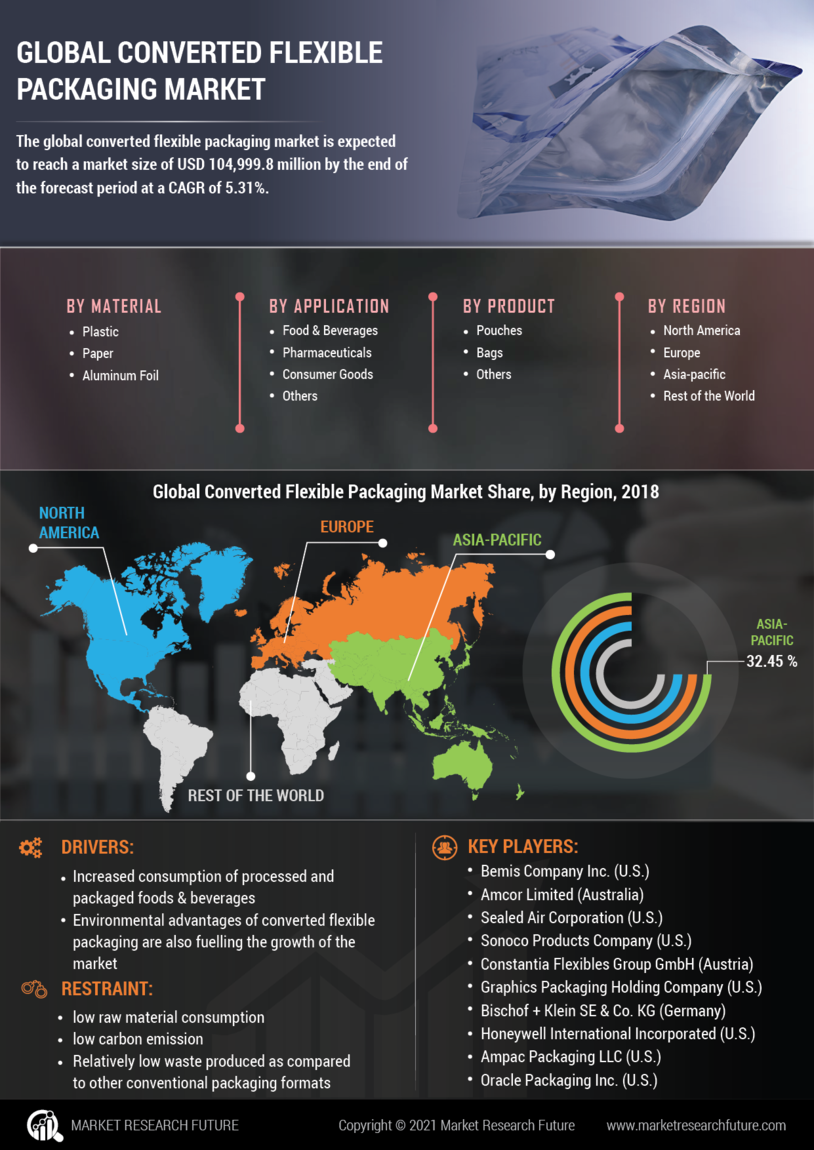

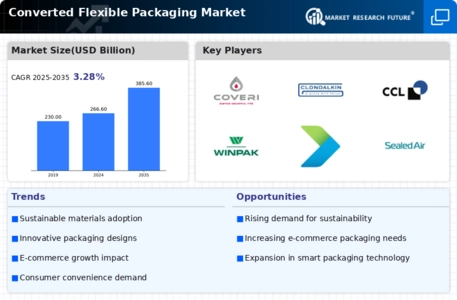
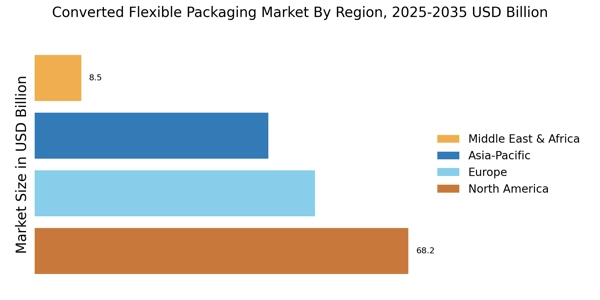


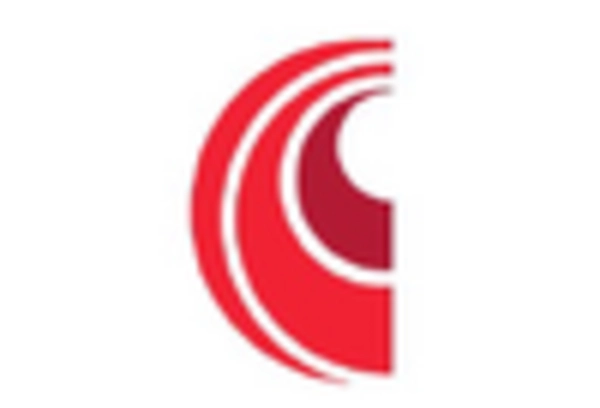

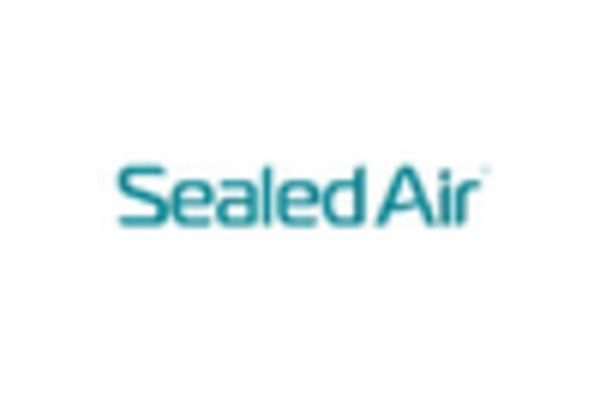









Leave a Comment